Related Research Articles
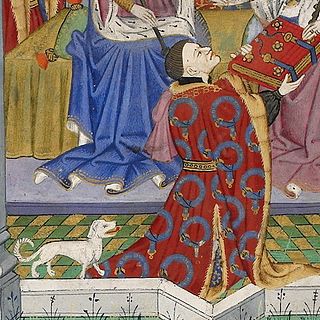
John Talbot, 1st Earl of Shrewsbury, 1st Earl of Waterford, 7th Baron Talbot, KG, known as "Old Talbot", was an English nobleman and a noted military commander during the Hundred Years' War. He was the most renowned in England and most feared in France of the English captains in the last stages of the conflict. Known as a tough, cruel, and quarrelsome man, Talbot distinguished himself militarily in a time of decline for the English. Called the "English Achilles" and the "Terror of the French", he is lavishly praised in the plays of Shakespeare. The manner of his death, leading an ill-advised charge against field artillery, has come to symbolize the passing of the age of chivalry. He also held the subsidiary titles of 10th Baron Strange of Blackmere and 6th Baron Furnivalljure uxoris.

Thomas de Beauchamp, 11th Earl of Warwick, KG, sometimes styled as Lord Warwick, was an English nobleman and military commander during the Hundred Years' War. His reputation as a military leader was so formidable that he was nicknamed 'the devil Warwick' by the French. In 1348 he became one of the founders and the third Knight of the Order of the Garter.
George Leslie, 4th Earl of Rothes was a Scottish nobleman and diplomat.
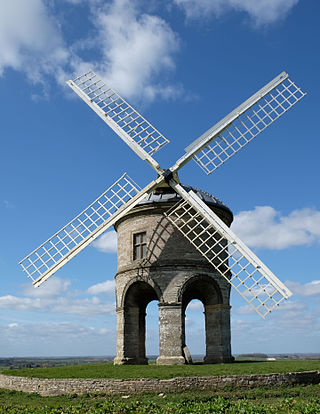
Chesterton Windmill is a 17th-century cylindric stone tower windmill with an arched base, located outside the village of Chesterton, Warwickshire. It is a Grade I listed building and a striking landmark in south-east Warwickshire.

William Petow was an English Franciscan friar and, briefly, a Cardinal.
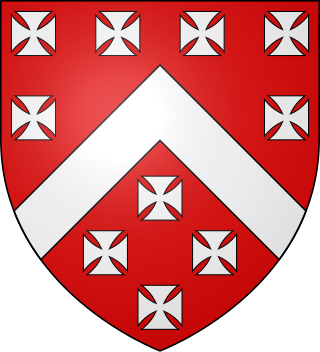
James Berkeley, 1st Baron Berkeley, also known as "James the Just", was an English peer.

Sir George Throckmorton of Coughton Court in Warwickshire, England, was a Member of Parliament during the reign of King Henry VIII.
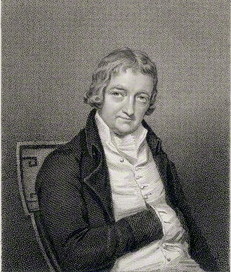
John Peyto-Verney, 14th Baron Willoughby de Broke and de jure 22nd Baron Latimer was a peer in the peerage of England.

Greville Verney, 7th Baron Willoughby de Broke and de jure 15th Baron Latimer of Compton Verney in Warwickshire, England, served twice as a Member of Parliament for Warwick, in 1614 and 1621.
William Jesson (1580–1651) was an English dyer and politician who was active in local government in Coventry and sat in the House of Commons between 1640 and 1648.
Sir Robert Corbet was an English landowner, Member of Parliament (MP) and High Sheriff.
Sir Walter Aston, DL, JP, of Tixall and Heywood, Staffordshire, was a Knight of the Shire and Sheriff of Staffordshire.
William Peyto was an English politician who sat in the House of Commons from 1715 to 1734.
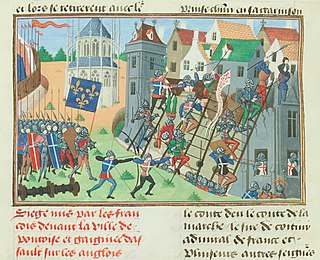
The siege of Pontoise took place during the Hundred Years War. French forces led by King Charles VII of France besieged and captured the last English stronghold in Île de France, eliminating the English threat to Paris.
The siege of Creil took place during the Hundred Years War. French forces led by King Charles VII of France besieged and captured the English-held town and castle north of Paris.

The siege of Dieppe took place during the Hundred Years War. English forces led by John Talbot, Earl of Shrewsbury besieged and failed to capture the French-held port of Dieppe in Normandy.
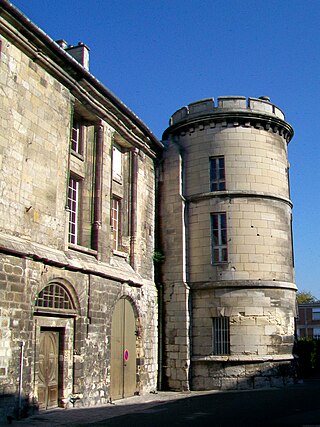
The Château de Creil is an ancient fortified castle and a former royal residence located in Creil in the Oise department of the Hauts-de-France region of France. Only one tower remains.
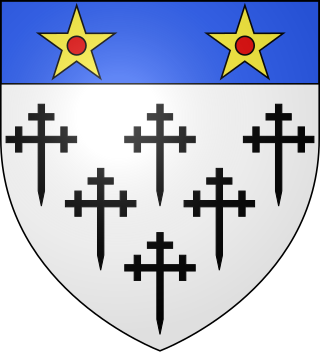
John de Clinton, 5th Baron Clinton was an English peer.
Charles Desmarets, was a French knight. He was a son of Antoine des Marets.

Edward Peyto (1589–1643) was an English landowner.
References
- Barker, Juliet R. V. (2010). Conquest : the English kingdom of France in the Hundred Years War . London: Abacus. ISBN 978-0-349-12202-1.
- Richardson, Douglas. Magna Carta Ancestry, 2nd Edition, Vol. III, p. 348–349.